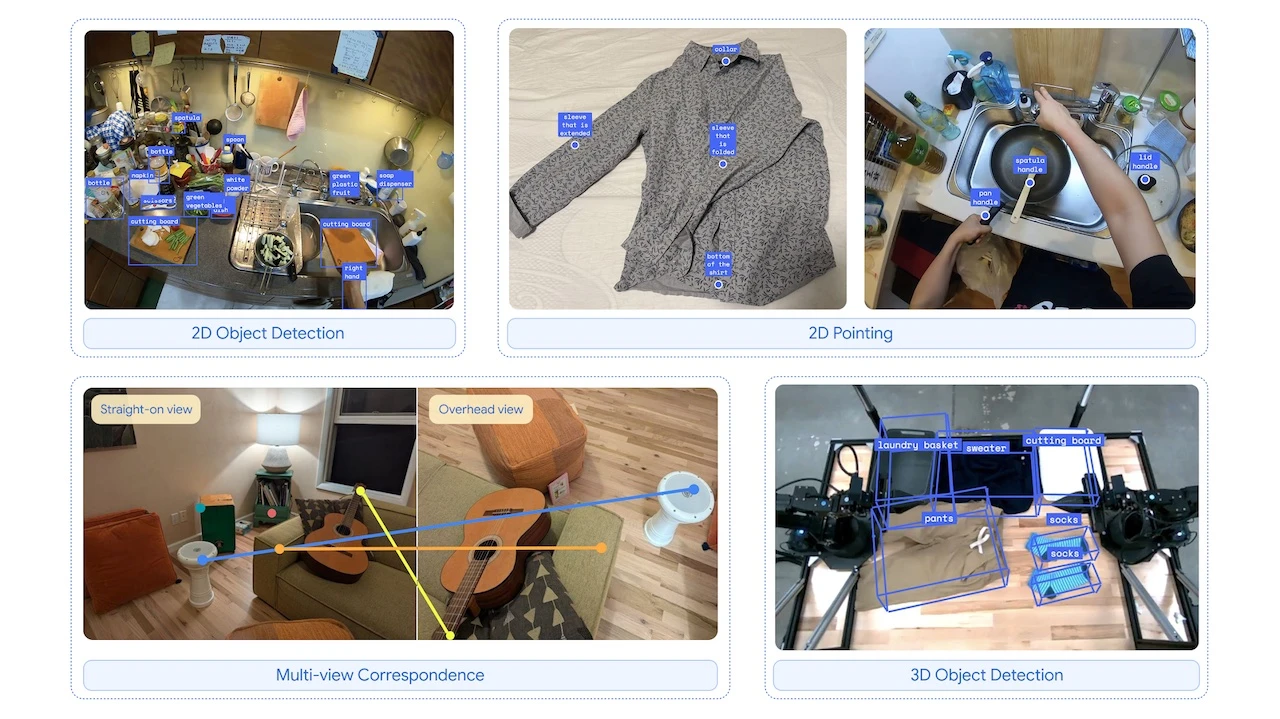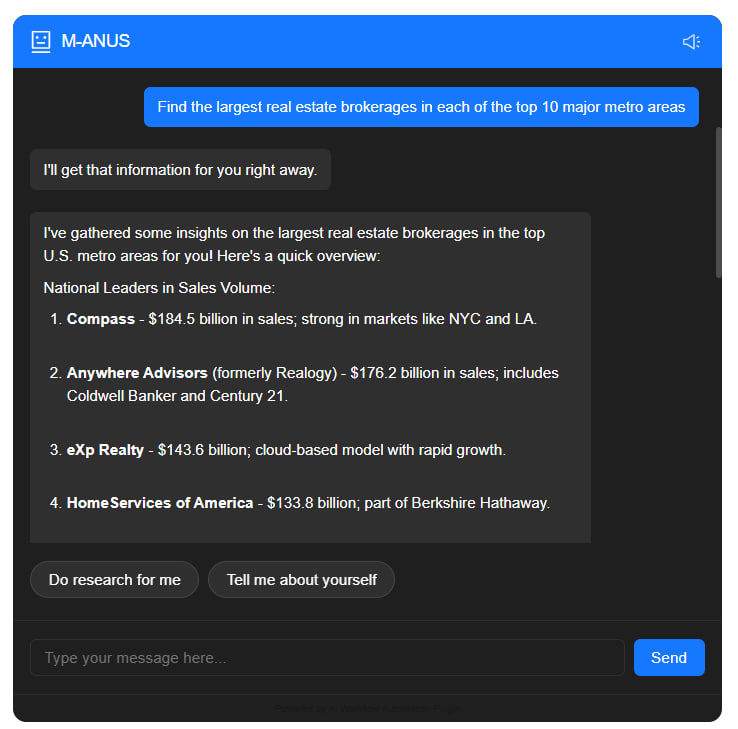Major AI Industry Developments: April 18–25, 2025
OpenAI Model Evolution and Hallucination Challenge
OpenAI released two new models, o3 and o4-mini, on April 18, 2025. These models are really good at solving coding and math problems. But there’s a catch. They tend to “hallucinate” more than the older models. This means they sometimes make up information that isn’t true. According to a recent study, these models make more mistakes because they give more answers overall. OpenAI is still trying to figure out why this happens.
OpenAI’s Upcoming ‘Open’ Reasoning Model
OpenAI is getting ready to launch a new kind of AI model this early summer. It’s going to be open-source, which means anyone can use it for free. This will be the first time in about five years that OpenAI has done something like this. They’re also thinking about letting this open model connect to their more powerful models in the cloud for harder tasks. A recent article suggests this could make open-source models much stronger.
Adobe Firefly: Major AI Creative Platform Update

On April 24, 2025, Adobe made a big announcement at MAX London about their Firefly platform. They’ve added all their safe creative AI models into one place, and they’re even including models from Google Cloud and OpenAI. Some cool new things they’re launching are Firefly Image Model 4 and 4 Ultra, which make very realistic pictures, and the Firefly Video Model, which is now available for everyone. They’re also starting Firefly Boards, which let people work together on projects using AI. Adobe’s latest news shows how they’re leading the way in AI creativity.
Google’s “Era of Experience” and Training Data Innovation
Google researchers David Silver and Richard Sutton wrote a paper that got a lot of attention this week. They talk about the “Era of Experience,” where AI would learn by doing things in the real world, not just using old data. This idea could solve the problem of not having enough new data for AI training. Industry reports suggest this approach might change how we think about AI training. People like Anthropic’s Jack Clark and startup founder Suhail Doshi think this could be a big deal for AI in the long run.
Trends, Social Media, and Industry Buzz
The Google paper has gotten people talking on social media, especially on X (formerly Twitter). AI experts are calling it one of the most exciting developments in years. It’s part of a bigger trend where researchers are looking into AI that can learn on its own. At the same time, OpenAI’s struggle with their models hallucinating more is making everyone think about the limits of current AI and how making them bigger might not always be better.
Summary Table: Key Announcements and Breakthroughs
| Date | Company | Product/Research | Key Details/Impact |
|---|---|---|---|
| Apr 18 | OpenAI | o3, o4-mini models | Advanced reasoning, but increased hallucinations over prior models[1] |
| Apr 24 | OpenAI | Open “reasoning” model | Truly open-source, may hand off queries to cloud for complex tasks[4] |
| Apr 24 | Adobe | Firefly platform update | All-in-one app, new image/video models, Firefly Boards for collaboration[3] |
| Apr 22 | “Era of Experience” | Agents generate their own data; widely discussed and seen as paradigm shift[5] |
Conclusion
This week was full of exciting news in the AI world. OpenAI and Adobe are making AI easier to use and more powerful for everyone. Google’s new ideas about how AI should learn could change things a lot in the future. But, the problem of AI models making up facts is still a big deal. Companies are working hard to fix this and make AI more reliable. The AI field is always moving forward, and it’s clear that these new developments will shape how we use AI in the future.



